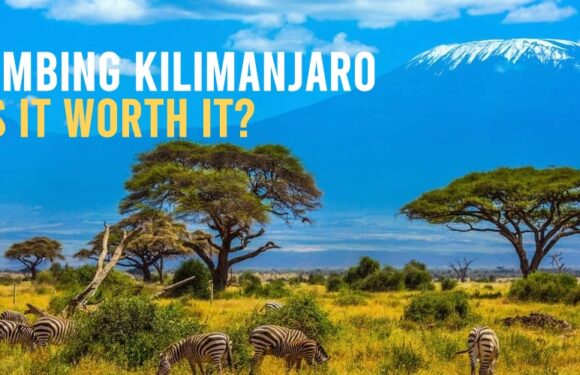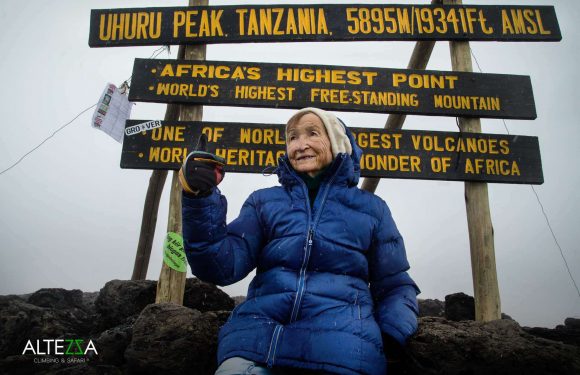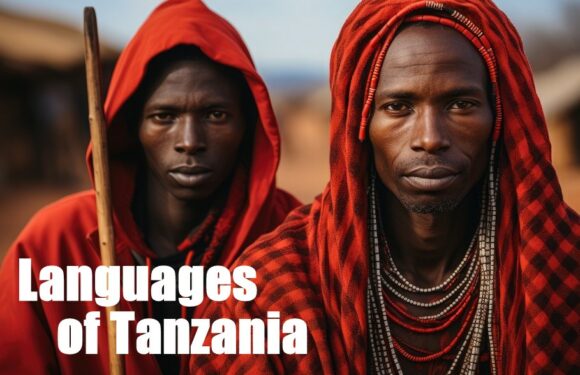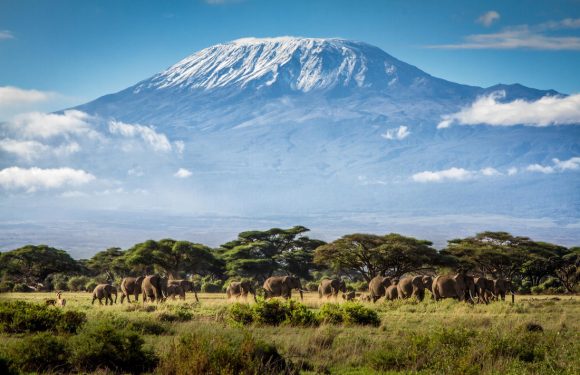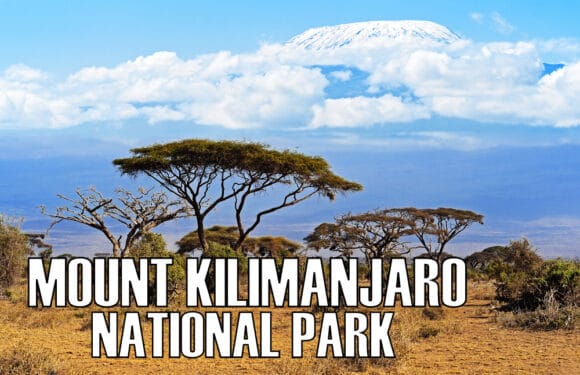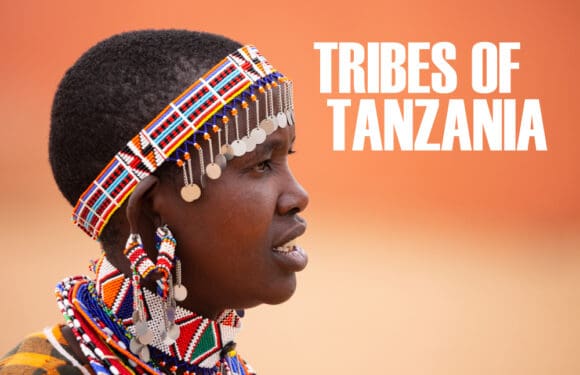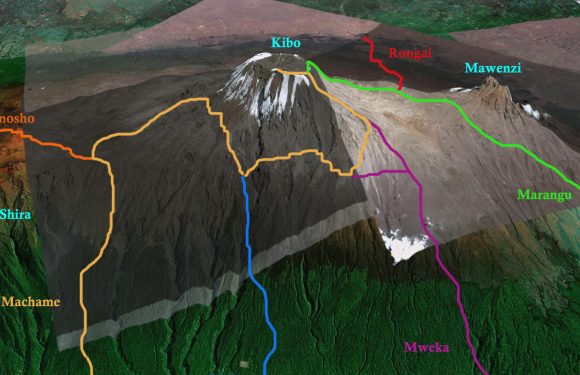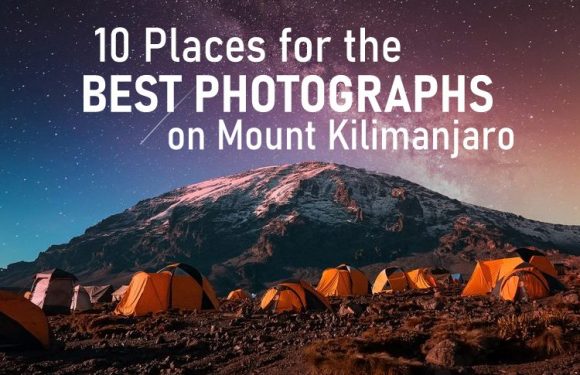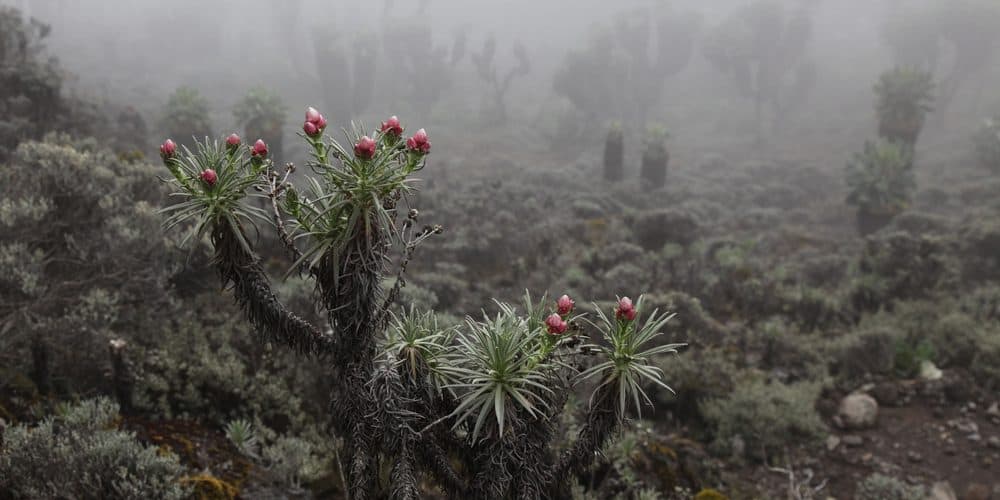
Most people avoid climbing during Mount Kilimanjaro’s two rainy seasons. However, it is certainly possible to climb Kilimanjaro during these periods. But there are a few things you should understand before committing to a rainy season trek.
When is the Rainy Season on Mount Kilimanjaro?
The long rainy season begins in mid-March and lasts through early June. The short rainy season is from November to early December. The long rainy season dumps a lot more water on average than the short rainy season. So between the two, it is better to come in November/December than March/June.

How Does Rain Affect the Climb?
If you decide to come in the rainy season, understand that bad weather makes climbing much more difficult and far less enjoyable in several ways.
Most obviously, rain makes you wet, which robs the body of warmth and heightens the risk of hypothermia. Being in wet clothes and shoes can be fairly uncomfortable too, even without the potential increase in danger. It’s conceivable that your clothes might never completely dry between day hikes.
Water also causes changes to the terrain, making the ground muddy, soft and slippery. This increases the chance of injury and requires more energy to navigate.
Finally, visibility is reduced by clouds, fog, wind and water. Therefore, it is often not as picturesque than the dry season. You might not have big views during the trip. The caveat to that is that rain causes snow, which is very pretty when encountered on the upper slopes.
What are the Pros of Climbing in the Rainy Season?
Given the hardships that precipitation causes, why would anyone climb during the rainy season?
First, sometimes personal schedules do not allow someone to climb during the dry season. And since the mountain is accessible year-round, they proceed with their trek regardless.
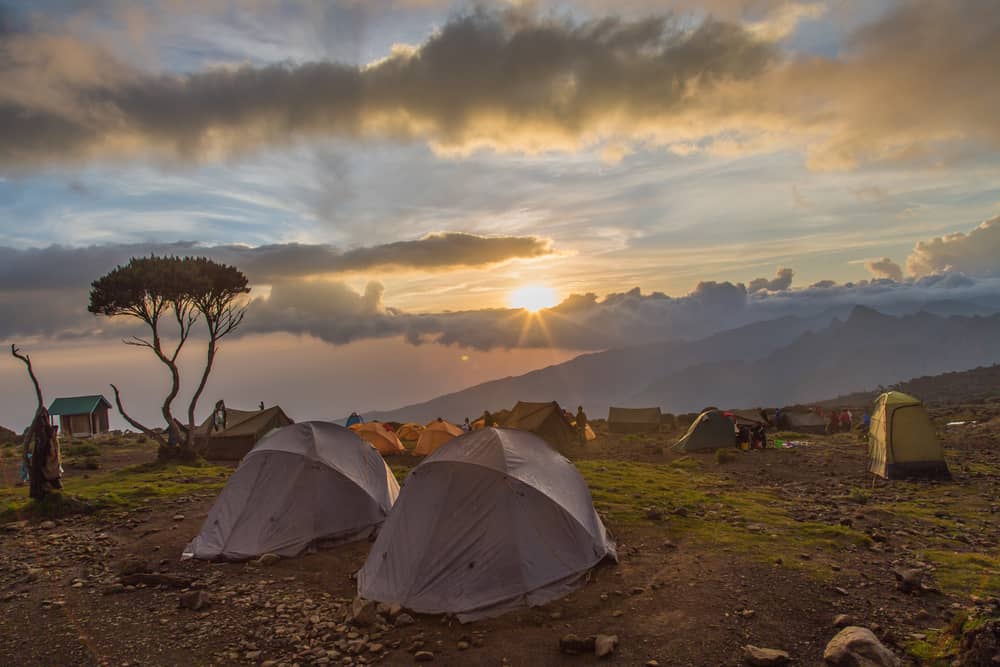
Secondly, Kilimanjaro is a very popular (i.e., crowded) mountain during the dry season. Those wanting to avoid the crowds choose to hike during the rainy season to have the park to themselves. Literally there are times when there is no one but your crew at a campsite which changes the entire energy of the trip. It is very peaceful.
Lastly, although the chances of having rain during these time periods are significantly greater than Kilimanjaro’s dry season, it is not guaranteed that this is the case. A large mountain like Kilimanjaro causes its own weather, which is notoriously unpredictable. Therefore, the opportunity for great weather or foul weather exists no matter when a climb is attempted. You might not get rained on at all, if you’re lucky.
Tips for Rainy Season Kilimanjaro Treks
If one does plan on climbing during the rainy season, consider the following to improve your experience:
- The northern part of the mountain receives less rain than the southern parts. Therefore, Rongai Route is the preferred route when climbing during the rainy season. Marangu Route is also good route because of the hut accommodations. At times, the Lemosho and Shira Route may be inaccessible due to road conditions on the west.
- Climb during the shoulder seasons. Being on the front or tail end of the rainy seasons could increase the chances of you experiencing nice weather.
- Quality rain gear is essential. Climbers should make sure that they have waterproof, breathable jacket, pants and boots. The day pack and duffel should be well protected from rain with backpack covers or plastic bags. Everything inside the pack and duffel should be stored in ziplock bags or waterproof stuff sacks as well.
- The difficulty of a route increases with bad weather. So do the dangers. When climbing during the rainy season, it is better to plan less strenuous itineraries to be on the safe side.
__________











































